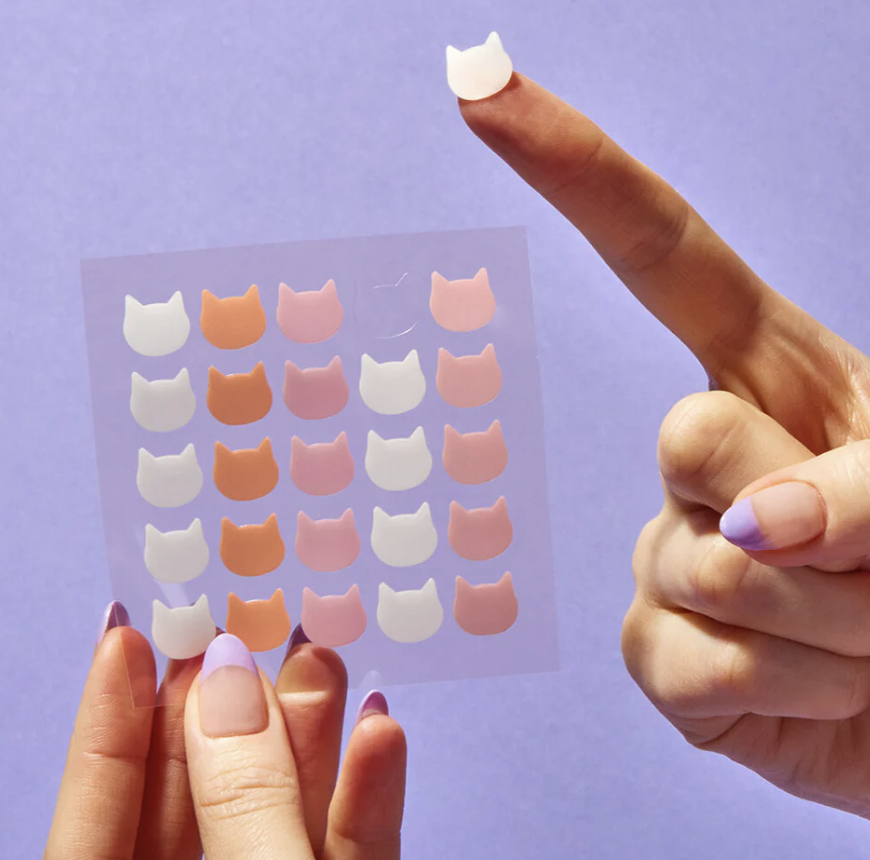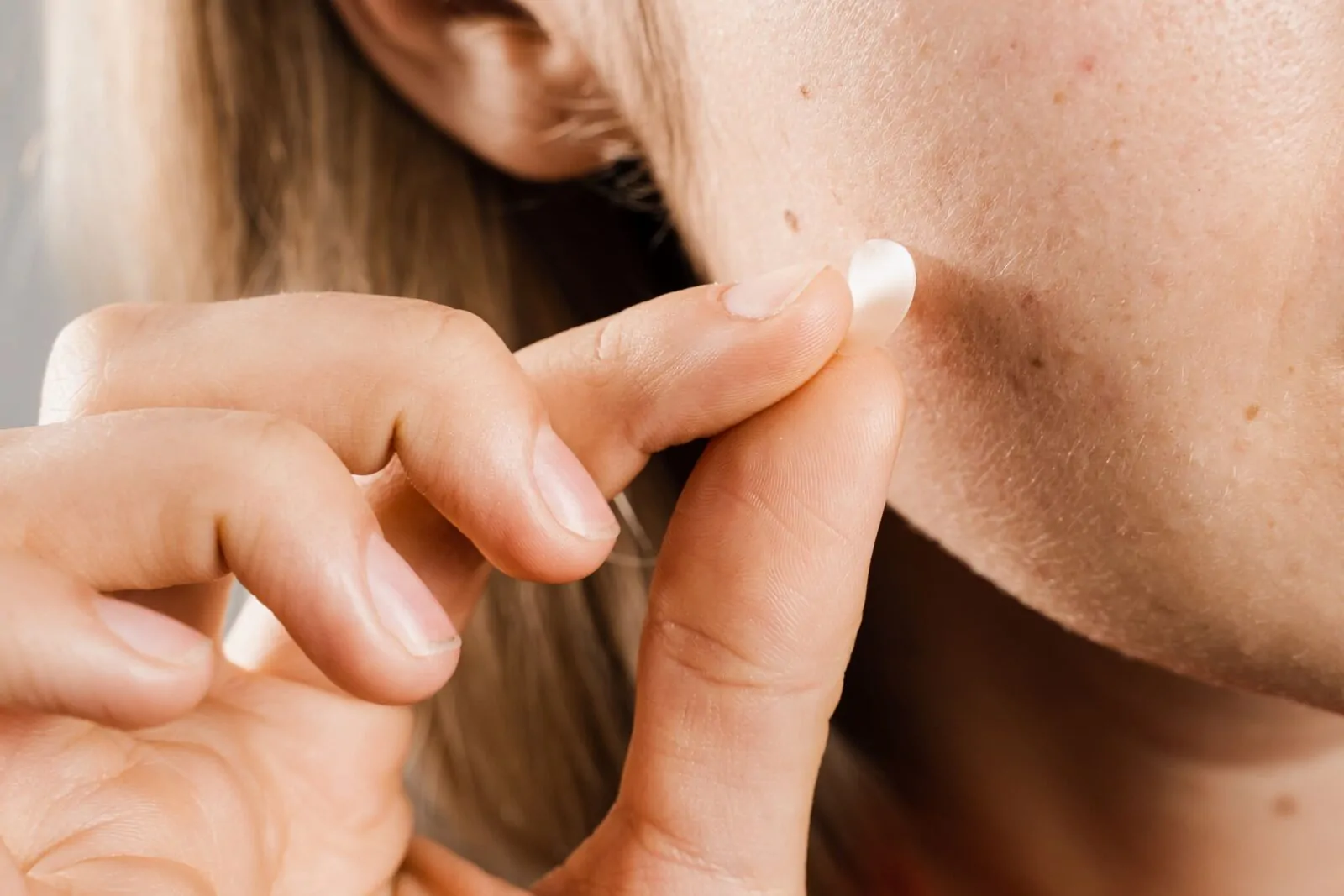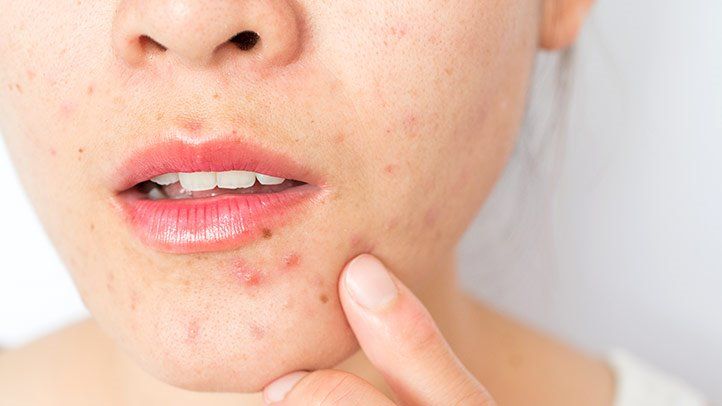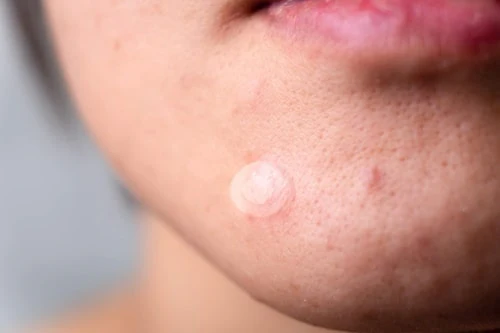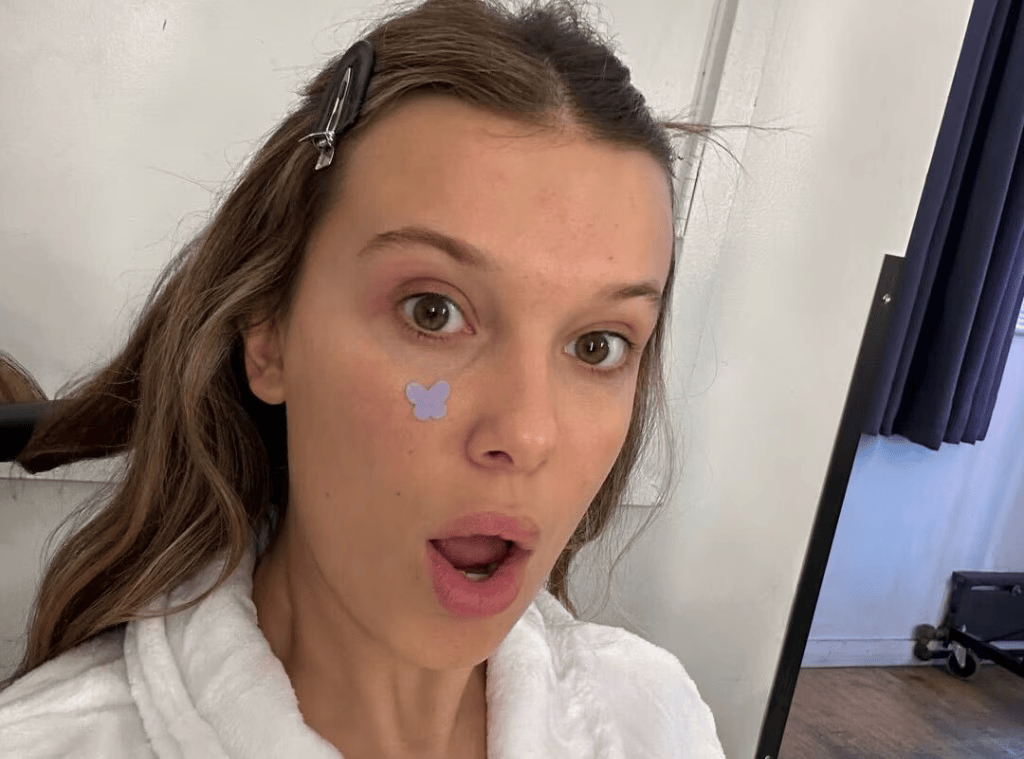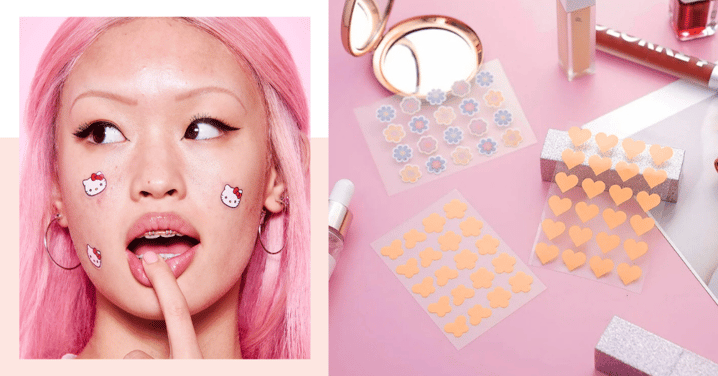
Here’s Why Your Acne Isn’t Getting Better With Pimple Patches
Pimple patches have become a go-to for many people. You stick one on, hope it sucks out the gunk, and wake up with clearer skin. Sounds like a dream, right? But if you've used them and still wake up to the same angry pimple, you're not imagining things. These patches might not be doing much, especially if your acne is deeper or more stubborn.
Here’s why they don’t always work, and what you can try instead.
-
They only work on certain types of pimples
View this post on Instagram
Pimple patches are mostly made to treat whiteheads and small spots that have already come to the surface. The patch soaks up the pus and helps the skin heal faster. It also protects the pimple from bacteria, dirt, and your fingers.But if your pimple is red, painful, or sitting deep under the skin, the patch won’t help. Deep pimples, also known as cystic acne, form under the skin. A simple sticker won’t be able to pull anything out because there’s nothing at the surface yet. If you're dealing with this type of acne, you might want to explore more effective ways to treat blind pimples.
-
The ingredients are not always strong enough
 Photo from Winky Lux
Photo from Winky LuxSome brands sell patches with added ingredients like salicylic acid, tea tree oil, or niacinamide. While these are good for treating acne, the amount inside a patch is usually very small. It’s not enough to calm down big breakouts or prevent future ones.
Also, many of these active ingredients need to stay on your skin for a long time and cover more than just one small area.
-
Apply to clean, dry skin only
Before sticking on a patch, make sure your skin is freshly cleansed and completely dry. This rule applies to both your face and fingers. Here's why: a clean surface helps the patch stay put and do its job. If your skin is still oily or sweaty, you're trapping dirt under the patch, which can make your pimple worse instead of better.
 Photo from iStock
Photo from iStockIf you're layering skincare underneath your patch, that's okay too. As long as you're using lightweight products like watery serums. Let the product fully absorb into your skin before applying the patch. For something more potent, try pimple patches that are already infused with acne-fighting ingredients like salicylic acid or tea tree extract.
-
Acne is more than just one pimple
 Photo from Getty Images
Photo from Getty ImagesThe truth is, acne is often caused by things going on inside your body, not just clogged pores. Hormones, stress, your diet, and even lack of sleep can all lead to breakouts. A pimple patch might help a little on the surface, but it won’t stop new pimples from forming.
If you’re getting acne again and again, especially on your cheeks, jawline, or forehead, you may need to look at the bigger picture. A proper skincare routine, along with healthy lifestyle habits, makes a bigger difference in the long run.
-
Don’t leave your patch on forever
 Photo from Getty Images
Photo from Getty ImagesIt might be tempting to leave a patch on all day and night, thinking it will draw out more gunk. But overdoing it can cause redness, dryness, and long-lasting irritation. In some cases, it can even leave behind a mark that takes weeks to fade. Remove it once the patch turns white or after about 12 hours.
-
Store your patches properly
 Photo from Florence by Mills
Photo from Florence by MillsHumidity and heat can affect the adhesive and effectiveness of your pimple patches. To keep them in top condition, store them in a cool, dry place away from direct sunlight. If they come in a resealable pouch, always make sure it’s sealed properly after use.
What You Can Try Instead
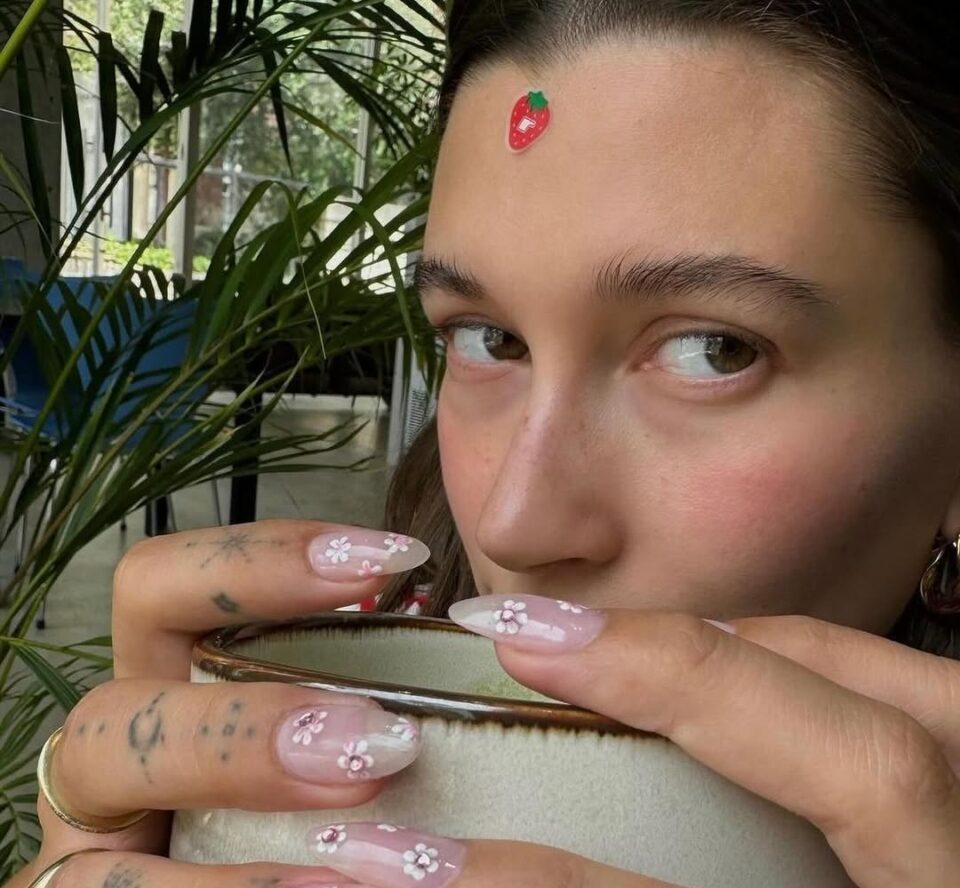 Photo from @haileybieber via Instagram
Photo from @haileybieber via Instagram
If your acne is mild and you’re just dealing with the occasional pimple, a patch might be enough. But if you’re struggling with deeper or regular breakouts, here’s what might help more:
- Use a gentle cleanser with salicylic acid
- Add a spot treatment with benzoyl peroxide
- Don’t skip moisturiser, even if your skin is oily
- Try to avoid touching or picking your face
- Talk to a dermatologist if nothing works
Pimple patches are great for small, surface-level pimples and stopping you from picking your skin. But they’re not magic. They don’t work for every type of acne, and they definitely won’t solve long-term skin problems.



